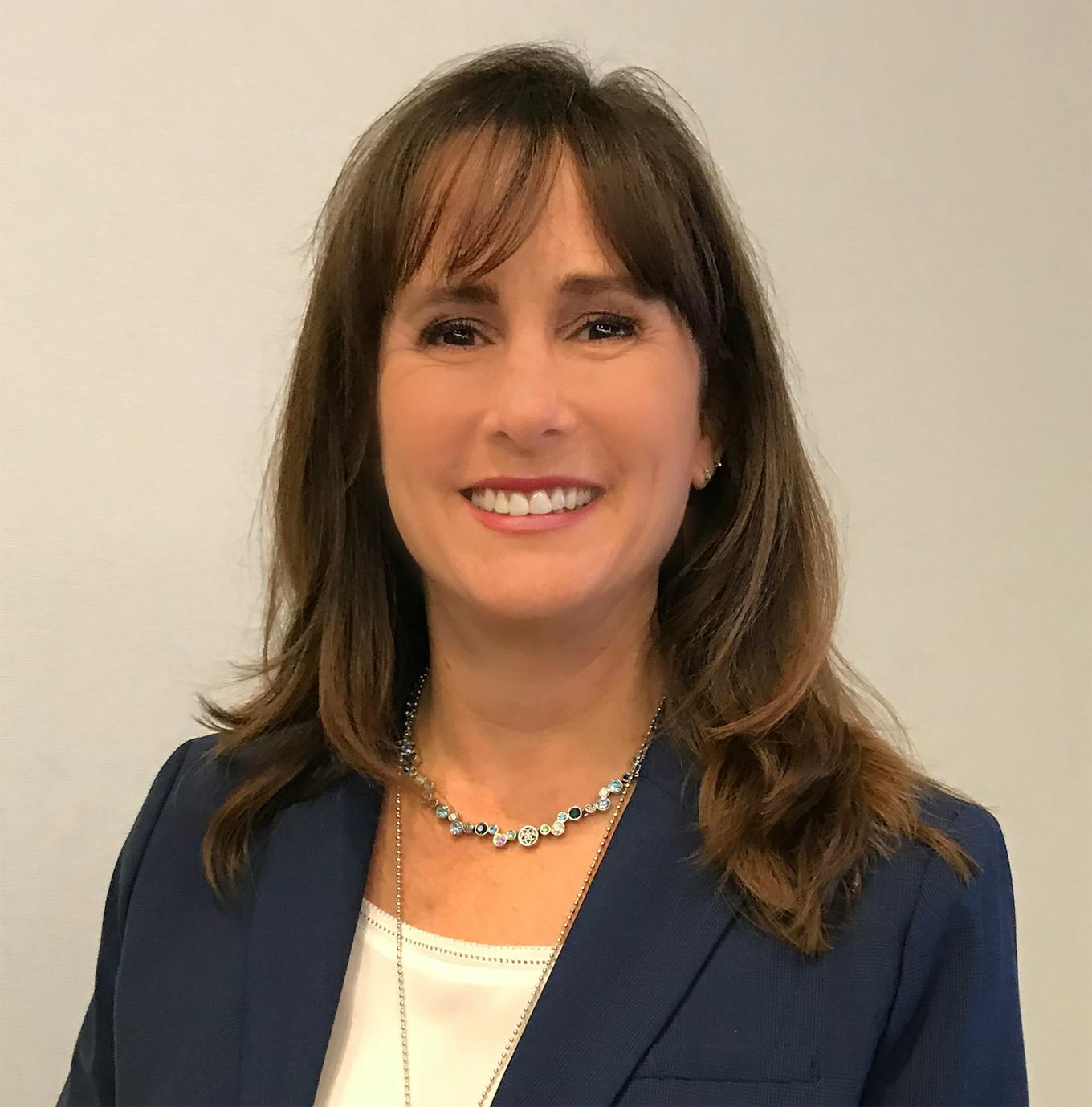The dairy industry is under pressure to change, as awareness of the enormous impact of milk production grows.
To continue listening, subscribe to Eco‑Business.
There's something for everyone. We offer a range of subscription plans.
- Access our stories and receive our Insights Weekly newsletter with the free EB Member plan.
- Unlock unlimited access to our content and archive with EB Circle.
- Publish your content with EB Premium.
Six billion people worldwide consume milk and milk products, produced by 270 million dairy cows, which, mainly through their burps, produce vast quantities of methane, a greenhouse gas that is 23 times more potent than carbon dioxide.
The dairy industry uses huge areas of land to raise and graze cattle, and forests are cleared to grow feed crops such as corn and soy. Farms are also major contributors to water pollution and soil degradation, and the industry is under increasing scrutiny for how cows are treated.
The United States dairy industry, which with a herd of 9.3 million cows is the world’s largest, says that it is working hard to address these concerns. In October last year, US Dairy announced an initiative to achieve net neutrality and improve how it uses water by 2050.
The dairy industry in the US is responsible for 2 per cent of the country’s emissions. Some 545 litres of water is used to produce 4 litres of milk in the US, and more than 93 per cent of that water is used to grow feed for dairy cattle. Nine per cent of available US cropland is used to grow feed crops for dairy cows.
“
We recognise that we’re not there today. There’s a lot more to do. But by 2050, US dairy will be carbon neutral — or better.
Karen Scanlon, senior vice president, environmental stewardship, Dairy Management Inc, Innovation Center for United States Dairy

Karon Scanlon, US Dairy
Joining the Eco-Business Podcast to talk about how dairy is raising its sustainability game is Karen Scanlon, senior vice president of environmental stewardship for the Innovation Center for US Dairy.
Join us as we talk about:
- Can the dairy industry really reach net zero?
- Barriers to net zero
- Low emission cows
- The impact of veganism on dairy
- Exporting American dairy to Southeast Asia
- Animal welfare and “cow comfort’













